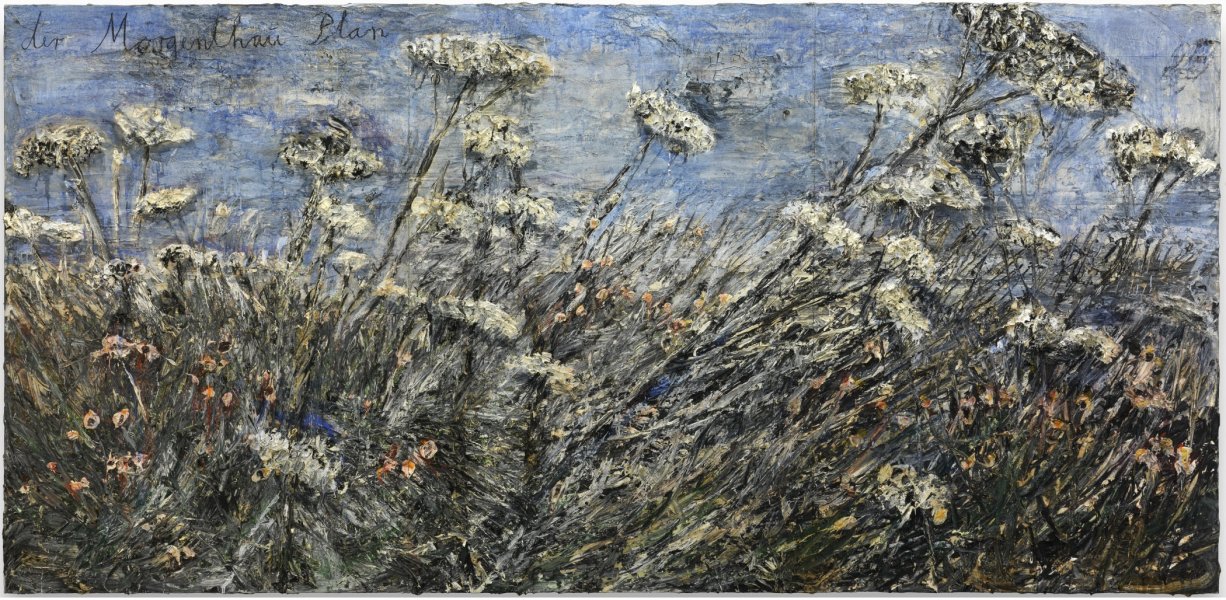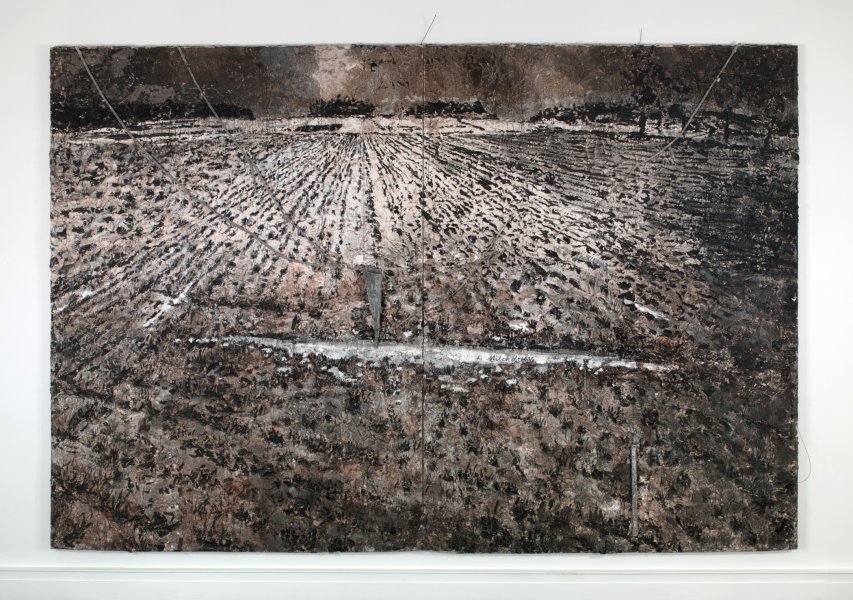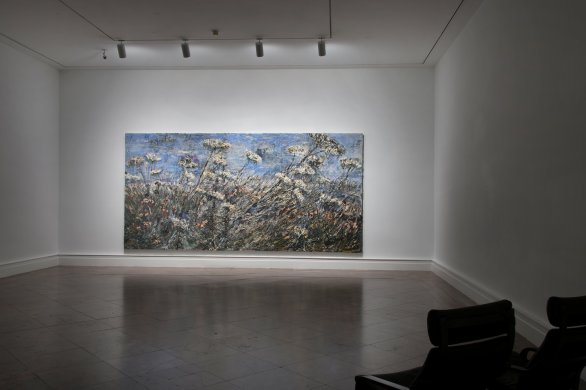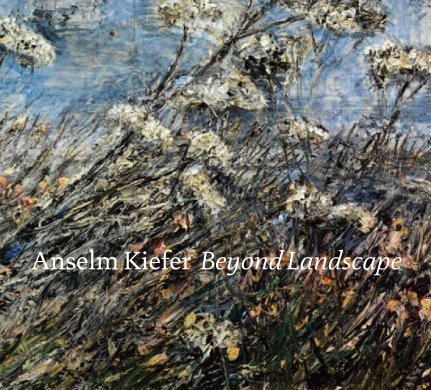Beyond Landscape
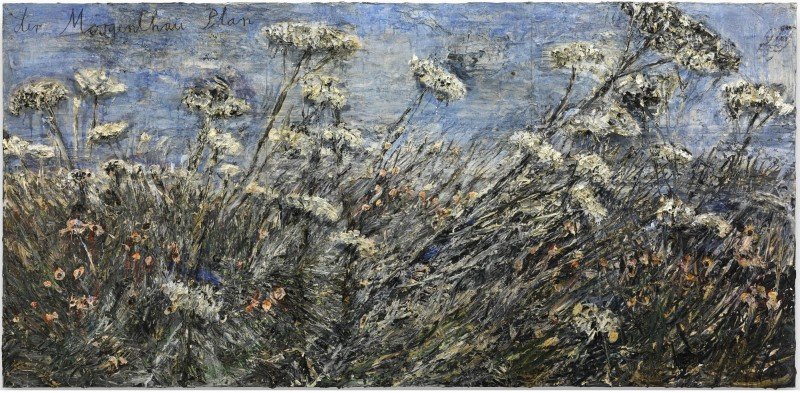
Anselm Kiefer (German, born 1945). Der Morgenthau Plan (The Morgenthau Plan), 2012. Emulsion and acrylic on photograph on canvas, 110 x 224 inches (279.4 x 569 cm). Collection Albright-Knox Art Gallery, Buffalo, New York; Sarah Norton Goodyear Fund, 2013 (2013:6a-c). Image courtesy the Gagosian Gallery. Photograph by Charles Duprat.
